“If only this street was mine…”
2003- Installation and performance: Plaster, red wine, salt, bones, speakers and sound by Paulo Vivacqua, with the participation of Tunga and Marieta Dantas
Works arising from stories or stories resulting works. Narratives are a form of design that uses as support the imagined time and displays on the lived time, a testimony or a scene that proves that story.
This work was located in an empty house and adjacent pavement in the neighborhood of São Cristóvão. A former industrial area, this old neighborhood which retained a certain decadence, was inhabited by many street dogs. The mayor of Rio, ambitious for high-profile urban renewal, had talked with Thomas Krens, the expansionist director of the Guggenheim Museum in New York. A new franchise, a Latin American station, might have been planned (in succession to those in Bilbao and Berlin). The artists’ collective who initiated the invention resisted such a project that would be ‘imposed from above’. Tunga’s work was part of the reaction to the current situation.
The performance consisted in a ‘contemporary’ painting made on an asphalt base, a kind of waste puddle. The materials used were ox bones and salt. Small speakers – tweeters – installed within the puddle, emitted the sound of barking dogs mixed with the sound of the song ‘Se essa rua fosse minha’ (‘If this street were mine’), a traditional children’s song whose lyrics imply ‘If this street, if this street was mine; I would bid, I would bid someone to tile it. With pebbles, with pebbles made of diamond, only for my, only for my love to walk by’. Voices recorded over the music spoke the names of random people. A performer emptied a jar of wine on the floor. A small red lamp turned the area green. The artist, dressed as a dandy, sat on a stair at some distance from the party. Self-absorbed, he waited for the people to leave and the arrival of the dogs that would eat the encrusted bones.
Formerly known as Inferninho (Little Hell) and by the phrase ‘below the red line’ (a reference to the red auto-route that crosses the neighborhood), the event is now referred to as Se essa rua fosse minha…”.
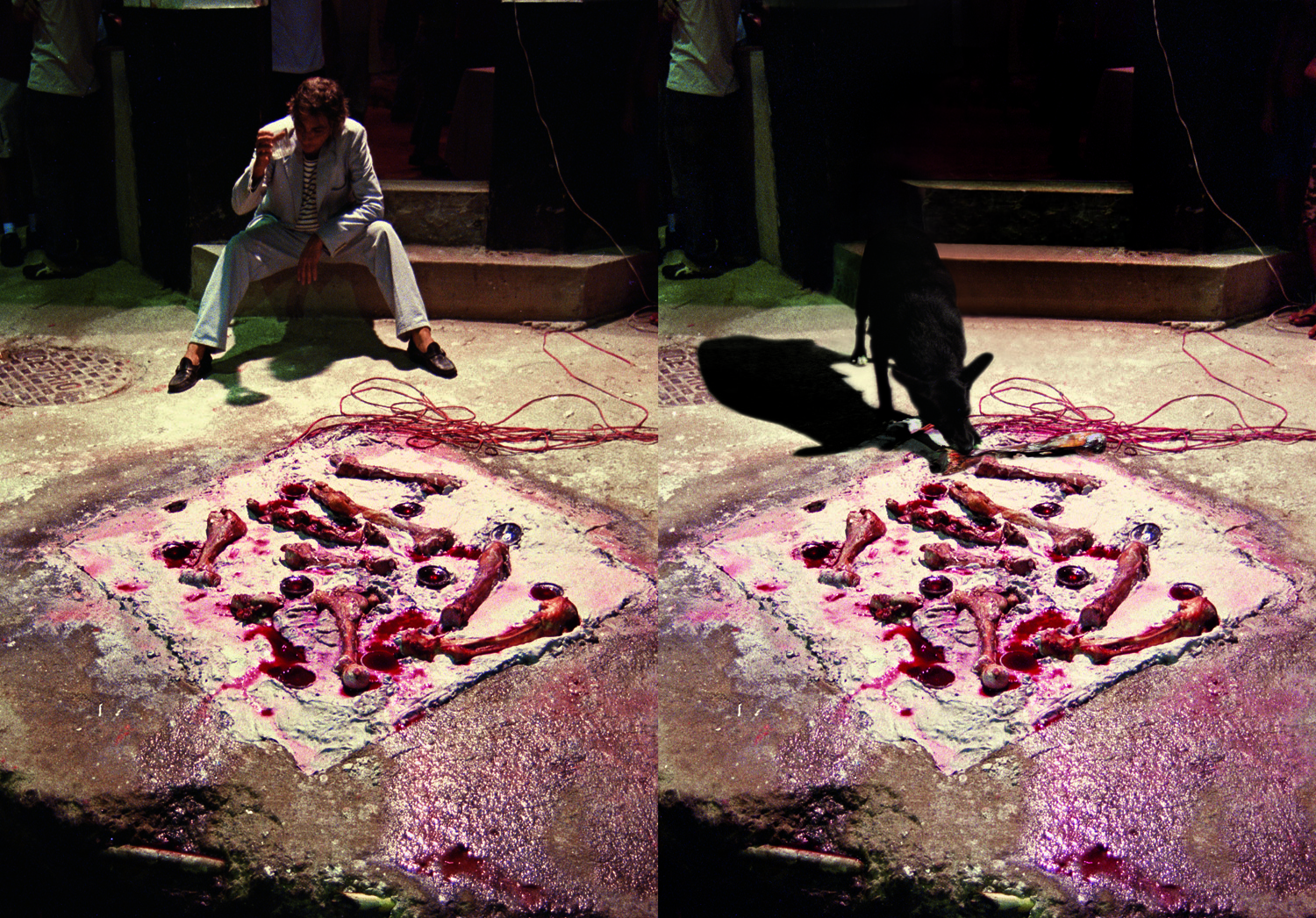
- Installation and performance: Plaster, red wine, salt, bones, speakers and sound by Paulo Vivacqua, with the participation of Tunga and Marieta Dantas
Grande Orlândia - Rio de Janeiro - Brasil

- Installation and performance: Plaster, red wine, salt, bones, speakers and sound by Paulo Vivacqua, with the participation of Tunga and Marieta Dantas
Grande Orlândia - Rio de Janeiro - Brasil
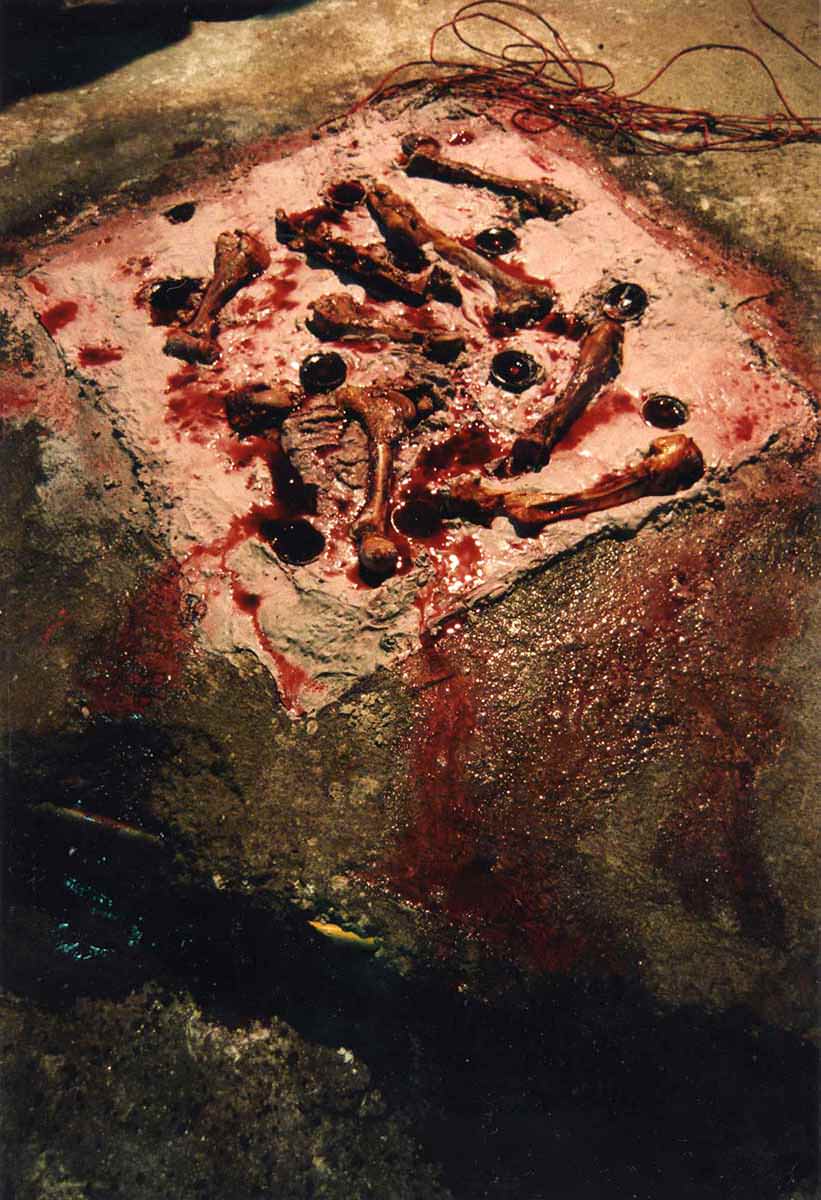
- Installation and performance: Plaster, red wine, salt, bones, speakers and sound by Paulo Vivacqua, with the participation of Tunga and Marieta Dantas
Grande Orlândia - Rio de Janeiro - Brasil
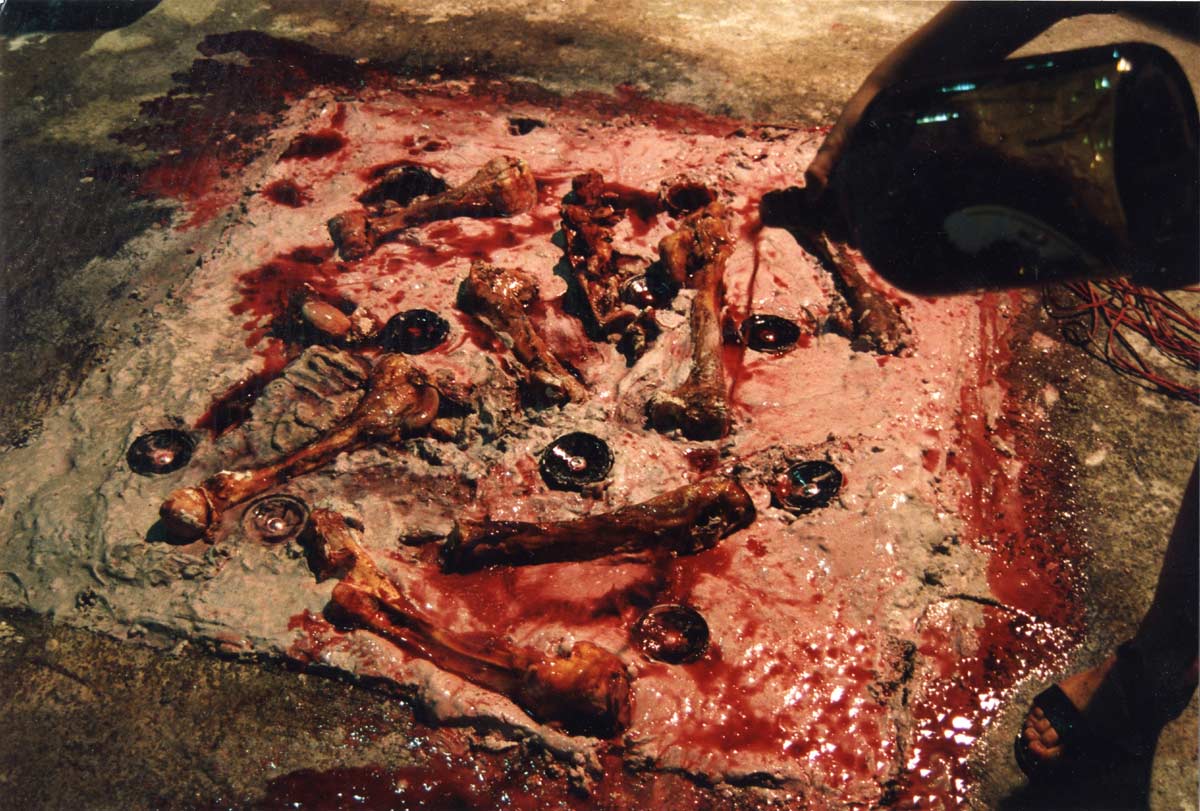
- Installation and performance: Plaster, red wine, salt, bones, speakers and sound by Paulo Vivacqua, with the participation of Tunga and Marieta Dantas
Grande Orlândia - Rio de Janeiro - Brasil

- Installation and performance: Plaster, red wine, salt, bones, speakers and sound by Paulo Vivacqua, with the participation of Tunga and Marieta Dantas
Grande Orlândia - Rio de Janeiro - Brasil

- Installation and performance: Plaster, red wine, salt, bones, speakers and sound by Paulo Vivacqua, with the participation of Tunga and Marieta Dantas
Grande Orlândia - Rio de Janeiro - Brasil

- Installation and performance: Plaster, red wine, salt, bones, speakers and sound by Paulo Vivacqua, with the participation of Tunga and Marieta Dantas
Grande Orlândia - Rio de Janeiro - Brasil
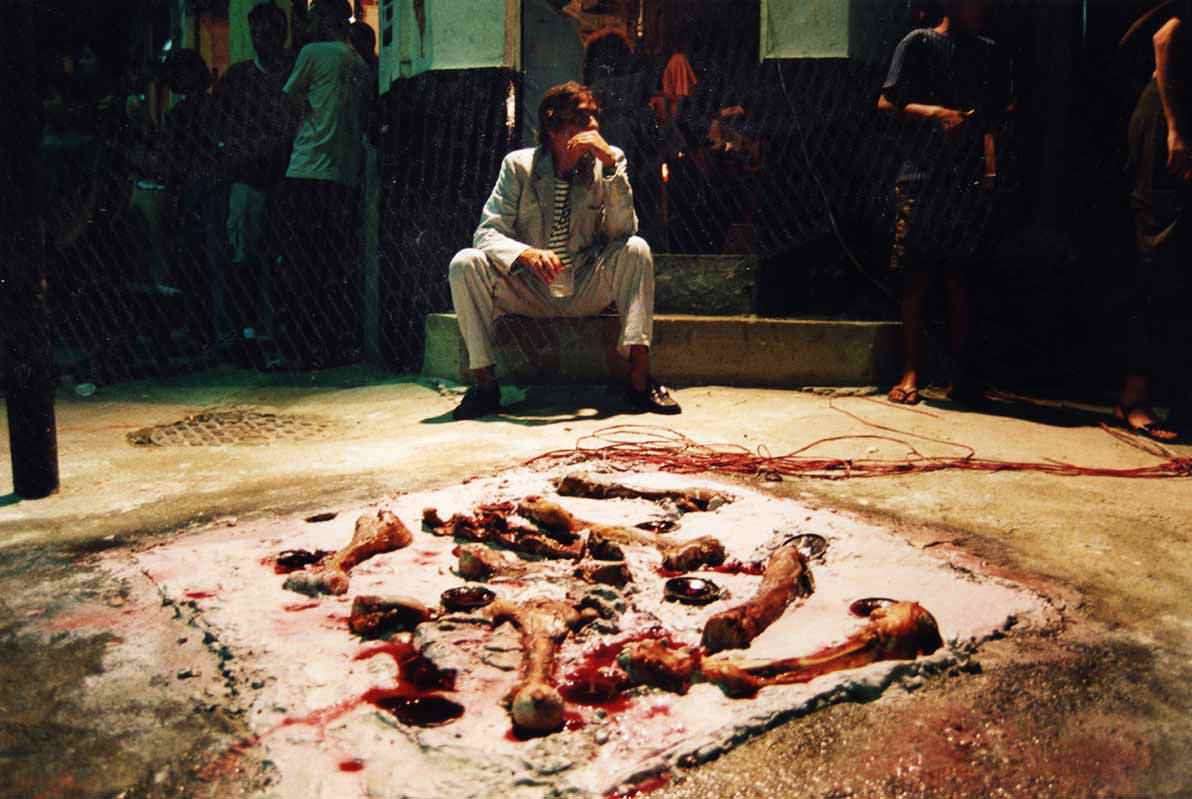
- Installation and performance: Plaster, red wine, salt, bones, speakers and sound by Paulo Vivacqua, with the participation of Tunga and Marieta Dantas
Grande Orlândia - Rio de Janeiro - Brasil
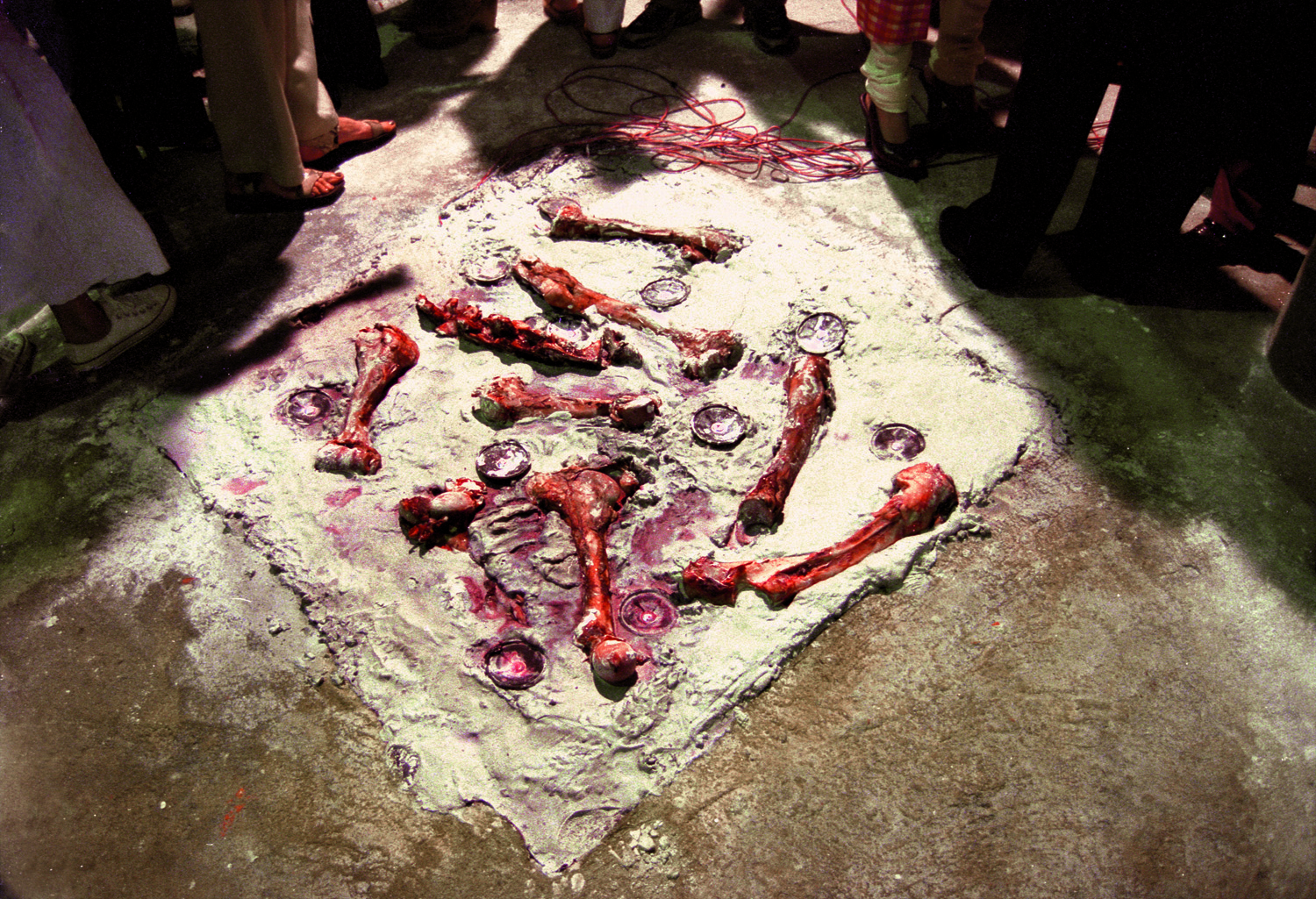
- Installation and performance: Plaster, red wine, salt, bones, speakers and sound by Paulo Vivacqua, with the participation of Tunga and Marieta Dantas
Grande Orlândia - Rio de Janeiro - Brasil
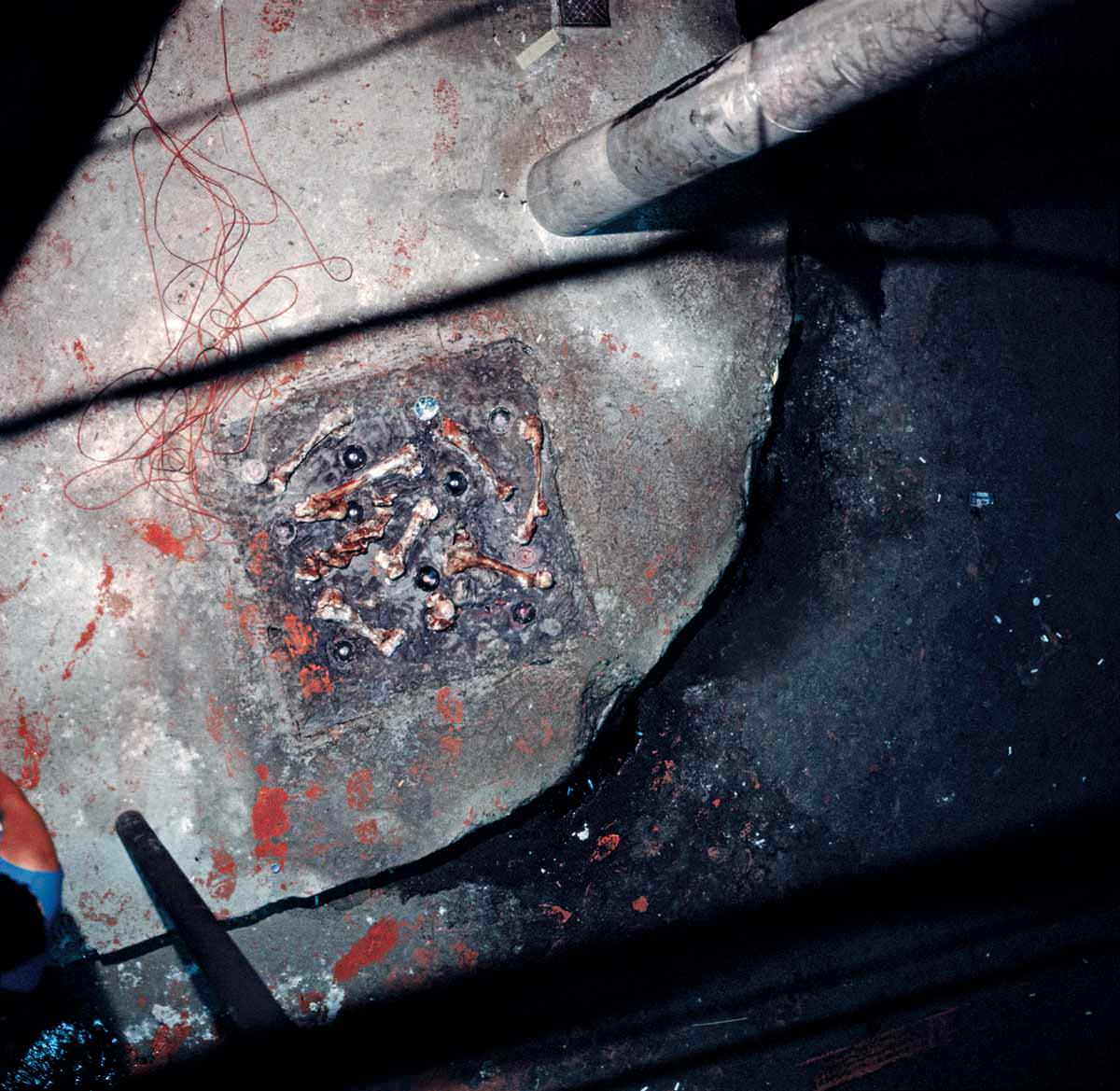
- Installation and performance: Plaster, red wine, salt, bones, speakers and sound by Paulo Vivacqua, with the participation of Tunga and Marieta Dantas
Grande Orlândia - Rio de Janeiro - Brasil
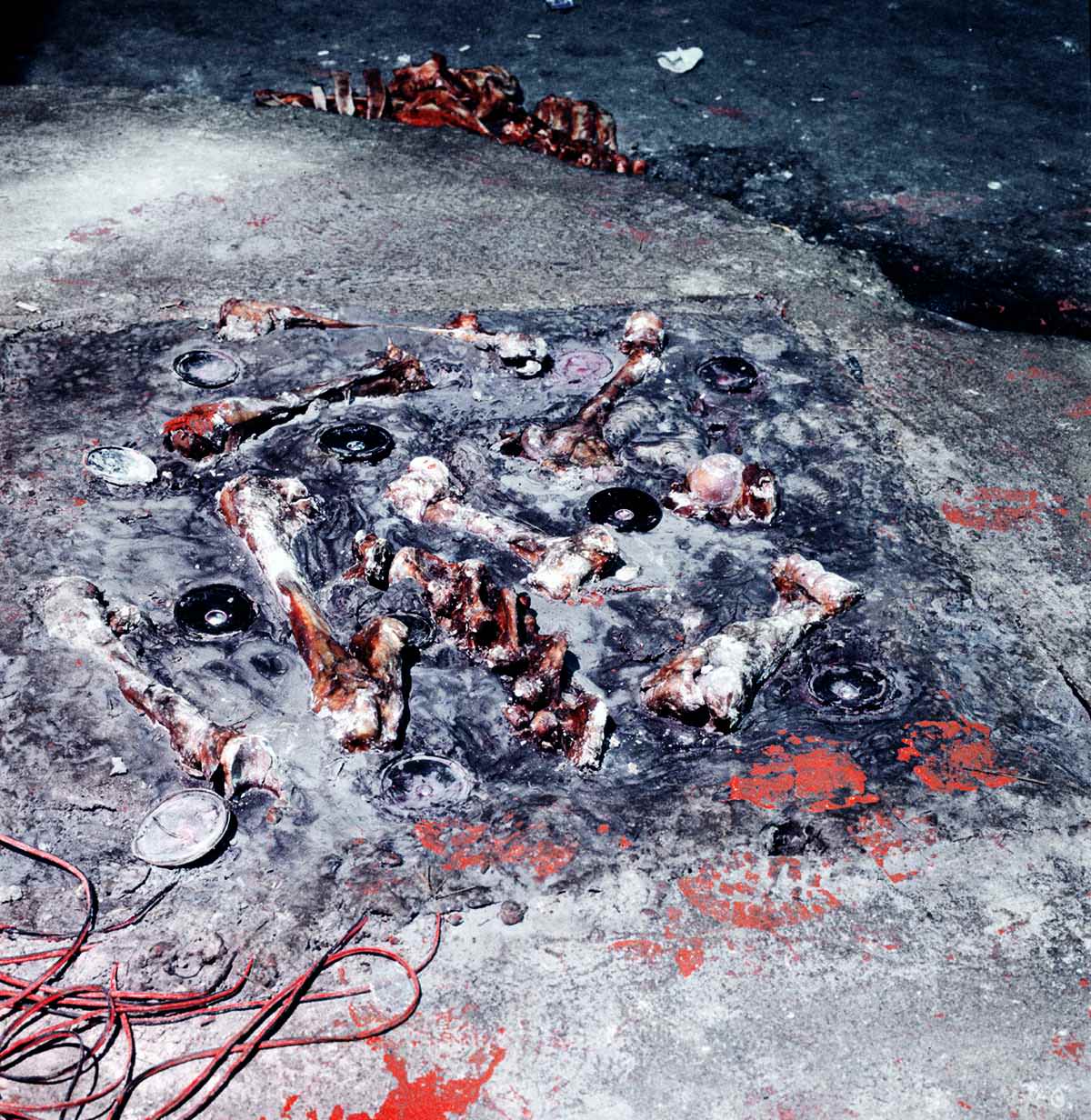
- Installation and performance: Plaster, red wine, salt, bones, speakers and sound by Paulo Vivacqua, with the participation of Tunga and Marieta Dantas
Grande Orlândia - Rio de Janeiro - Brasil